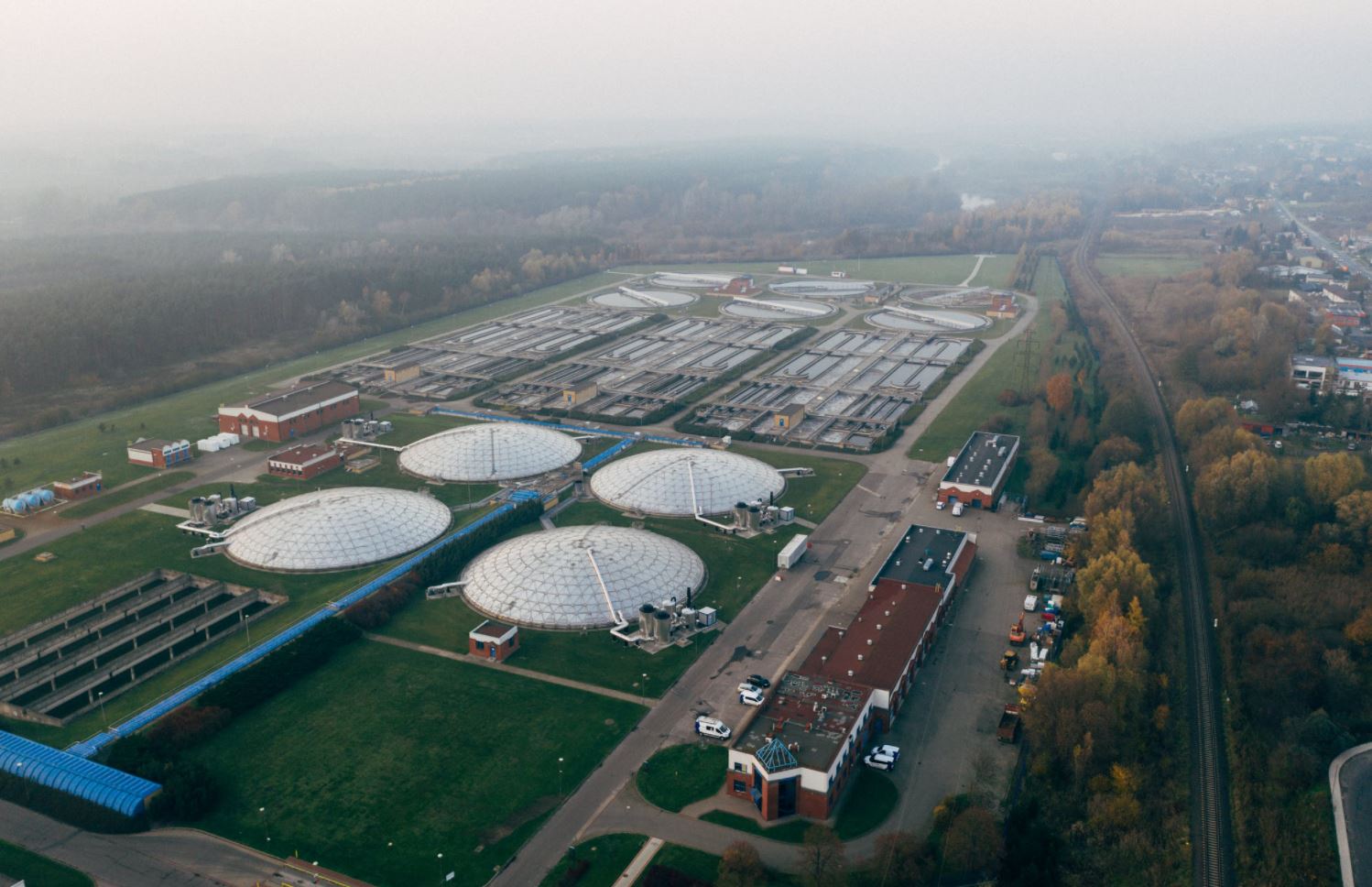
When confronted with new discharge consent requirements, many municipalities feel their only option is to decommission their otherwise adequate wastewater lagoon treatment system and replace it with a mechanical treatment process such as activated sludge, SBR, or MBBR plant. There is a better option: A lagoon can be upgraded to remove ammonia and phosphorus, treat BOD and solids, and produce an effluent quality as good as a mechanical plant—at a fraction of the cost.
In addition to the capital expense, there are many hidden costs to replacing a lagoon with a mechanical plant.
Lagoons Can Do the Job
Most lagoons were built decades ago, before engineers had a good handle on the mechanisms of lagoon treatment like hydraulics and the interplay of the biological and chemical processes. Through scientific research over time, we’ve learned how to overcome some of the inadequacies that were built into lagoon facilities.
You need to systematically evaluate a lagoon and diagnose the source of issues, starting with free or inexpensive fixes. Something as simple as repositioning aerators can solve a short-circuiting problem and improve BOD treatment, for example.
Replacing a Lagoon with a Mechanical Plant: Other Costs to Consider
The construction of a new mechanical plant comes with a price tag of several million dollars. Municipalities with smaller populations don’t have the user base to support a multimillion-dollar capital expense. While grants may cover a portion of the cost, the municipality is on the hook for the rest and there are also other costs involved when replacing lagoons with a mechanical plant:
- Operations: The operation of a mechanical plant requires a higher level of certification than lagoons. Will you be able to train or find enough qualified operators or will you have to hire outside contractors?
- Electrical costs: A mechanical plant typically consumes more energy than aerated lagoons. Will your municipality be able to cover higher electricity bills?
- Maintenance: Mechanical plants require ongoing maintenance—solids handling, desludging, and wasting; and the replacement of components like pumps.
Be Careful What You Wish For
A small town with a population of less than 3,000 decommissioned their lagoon system and replaced it with a mechanical plant. The $5 million price tag was financed largely by grants, with the town taking on a $1 million loan to pay the rest.
A public works official with the town related to us that the ongoing costs are unmanageable: In addition to the loan payment, the town is also facing a monthly power bill of over $3,500–more than $40,000 per year. Furthermore, they have been unable to locate an operator with the required certification level to run the plant for the available salary. For a town with a small user base, that level of investment is unsustainable. “Be careful what you wish for,” said the town official. “Everyone was happy that we qualified for funding to build the plant, but we’re finding it requires more people, money, and power to operate, none of which we have.”
Truck vs. Ferrari
A small town needs a wastewater treatment plant equivalent of a truck: easy to operate, work on and reliable. An activated sludge plant is like a Ferrari, far more complicated and expensive. It’s a great piece of machinery, but much more demanding and expensive to keep running.
Give Your Lagoon a Chance
Give your lagoon a chance! Before contemplating scrapping your lagoon system, find out what your options are.
Contact Parklink today to discuss your needs.
